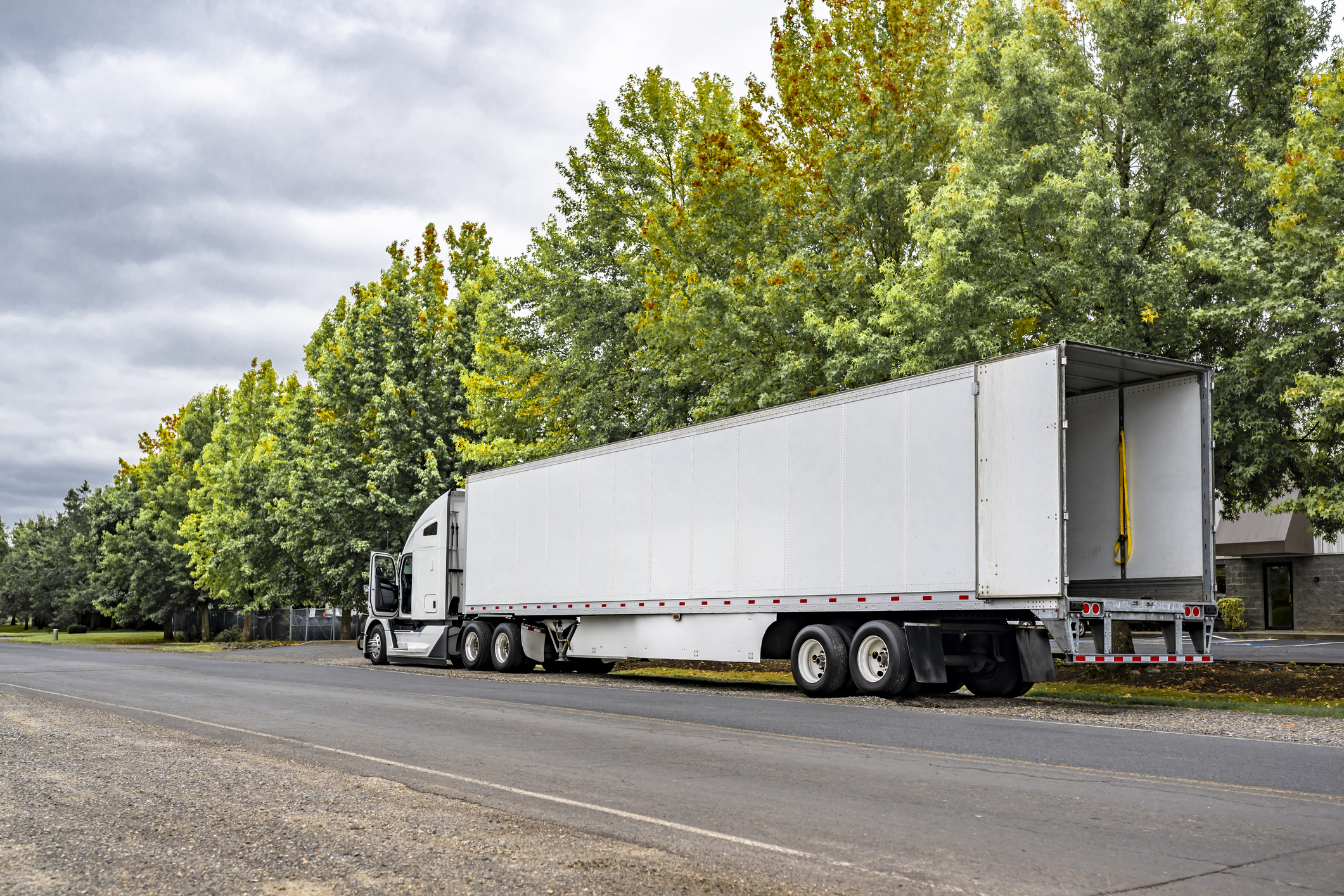Which Online Communication Tactics Actually Keep Drivers Engaged?

When was the last time you looked at your smartphone?
Chances are, it was pretty recently. On average, people in the United States across all age groups check their phones 46 times per day, according to a report by Deloitte.
That adds up to an incredible amount of time looking at networked devices.
Your drivers aren’t much different. They look at their phones right when waking up, periodically throughout the day (when they aren’t driving, of course), and are usually the last thing they see before turning in for the night.
Though strict Federal Motor Carrier Safety Administration (FMCSA) regulation places firm constraints on what can and cannot be done while driving, smartphones are still an incredibly important way of reaching your people.
But, more specifically, how can carriers reach out to their people online? Let’s look at some common methods.
Social Media
The use of social media platforms started out as a novelty when Facebook and Twitter were launched in the mid-2000s. But, today, they’ve entered the public consciousness as the primary platform of communication for presidents and pre-teens alike.
In fact, 56 percent of Americans have a profile on a social networking site.
Though companies are continuing to spend more time engaging drivers on social media, and it is a part of many companies’ recruitment and retention strategies, the mixing of personal and professional can feel off-putting or invasive to some drivers.
Texting
Just as social media has crept into everyday life, texting is far and above the most common way of communicating via smartphone:
- Texting is the most widely-used and frequently used app on a smartphone, with 97 percent of Americans using it at least once a day. (Pew Internet)
- Over 6 billion text messages are sent in the U.S. each day. (Forrester)
- 96% of smartphone users text. (Acision)
Texting is undoubtedly a very common method of smartphone communication, and it’s a great way of getting the attention of your drivers and driving engagement.
But without a call to action powering each text message—a link that drives them to applicable websites—they’re just short messages without much context.
There’s no doubt that email remains a wildly important form of communication in the professional world. In businesses of all sizes, email reigns supreme as the main form of conversation, with 2.4 million emails sent every second.
It’s easy to pull up, track and keep a paper trail of important facts. That said, its very nature—professional and business focused—could be its downfall as a method of engaging your drivers.
The volume of email is also its downside. Most inboxes are flooded with new messages, making it tough to filter signal from noise. In addition, most drivers don’t have a company-specific email, and personal email This means drivers are harder to reach by email, as it’s not a priority to do their job.
Is There Another Way?
Engaging with your drivers over social media risks mixing personal with professional—a turn-off for some.
Trying to reach out to them over text messages without a call to action feels abrupt.
Email comes across as overly professional and doesn’t get very good open rates.
While these three ways can serve the purpose of communicating and engaging with your drivers, it’s not really what they’re designed for. You want a platform that your drivers feel comfortable with; that they can open up to you about issues before leaving the company becomes the best solution for them.
With WorkHound, drivers can anonymously share their concerns through their smartphones, wherever they might be. That permits an unparalleled level of engagement, all using the phone your driver has in their back pocket.
Find out how WorkHound can keep your drivers engaged and turnover low. Schedule your free 15-minute evaluation to learn more.
Let's Build Better Workplaces Together
Revolutionize your company culture and your worker retention rates by improving communication and engagement.
Book a Demo

